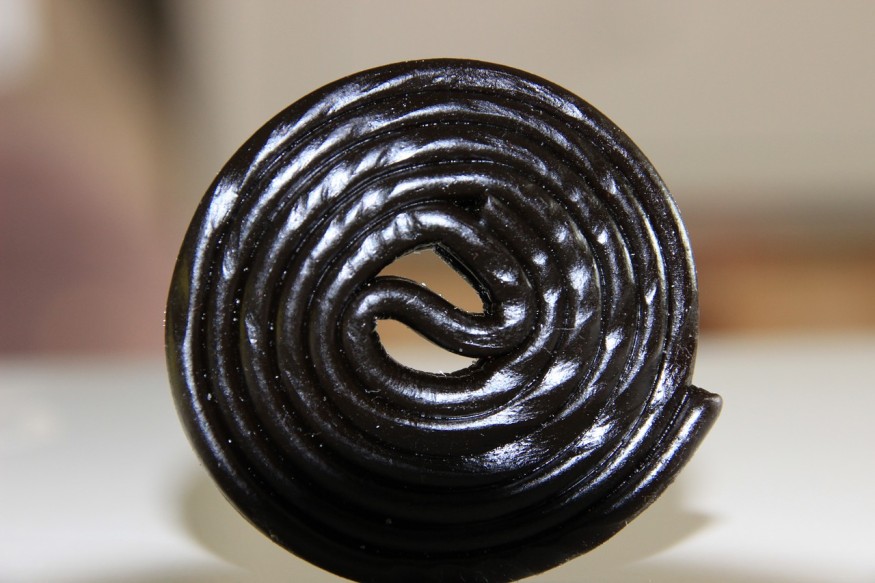Who would have thought that it is possible to overdose on candy? The US Food and Drug Administration has encouraged moderation in snacking, particularly on the old fashioned favorite, black licorice.
According to the FDA, eating two ounces of black licorice a day for at least two weeks could land a 40-year-old in the hospital due to arrhythmia or irregular heartbeat.
That seems to be the case of the 54-year-old construction worker from Massachusetts whose love for black licorice cost him his life after weeks of eating a bag and a half of his favorite treat.

Death due to black licorice
Doctors reported on Wednesday that a Massachusetts man died after overeating bags of licorice for weeks. Eating too much licorice has thrown the man's nutrients out of whack, which caused his death.
Even a small amount of black licorice can increase the blood pressure a little bit, said cardiologist Dr. Neel Butala of the Massachusetts General Hospital, who wrote about the man's case in the New England Journal of Medicine.
Experts at FDA said that the problem with black licorice is that it contains glycyrrhizic acid, a sweetening compound derived from licorice root.
It can cause potassium levels in the body to fall in which some could experience abnormal heart rhythms, congestive heart failure, high blood pressure, lethargy, and swelling (edema). Plus, it also causes an imbalance in electrolytes in the body.
Dr. Robert Eckel, a cardiologist from the University of Colorado and former president of the American Heart Association, once said that it is not only the licorice sticks but jelly beans, licorice teas, and a lot of over the counter products can have the same effect. Even some beers with the same compound of it.
The man's cause was an extreme example of black licorice overdose. According to reports, the man switched to black licorice from eating the red, fruit-flavored twists a few weeks before he died last year. He was eating at a fast-food restaurant when he collapsed. Medical responders tried to revive him with CPR, but he eventually died the next day.
Butala said that FDA only allows a 3.1 percent glycyrrhizic acid content in food, but many candies and licorice products do not reveal how much their products contain such sweetening compound per ounce. They reported the man's case to the FDA in hopes of raising awareness of the risk of too much consumption of black licorice.
READ: Food Additive Found In Candies, Chocolates, And Doughnuts Can Alter Digestive Structure
Licorice root
Licorice root is found throughout Asia, Europe, and the Middle East and is commonly used as a flavoring in candy, beverages, tobacco products, and other foods. However, many licorice products in the United States use anise oil, which smells and tastes like licorice instead of the real one.
It has a long history of treating various conditions like lung, liver, circulatory, and kidney diseases. But today, it is promoted as a dietary supplement for cough, digestive problems, menstrual problems, as well as bacterial and viral infections.
Although licorice root is considered a safe food ingredient, too much consumption could lead to serious side effects like increased blood pressure and decreased potassium levels. The side effects are believed to be caused by glycyrrhizic acid.
While heavy consumption of it during pregnancy causes premature birth and health problems in the child, there is little data available on the effects of licorice while breastfeeding.
READ MORE: The Bittersweet Truth Behind Having Sweet Tooth: Liver Hormone FGF21 Is The Culprit
Check out more news and information on Medicine & Health on Science Times.










